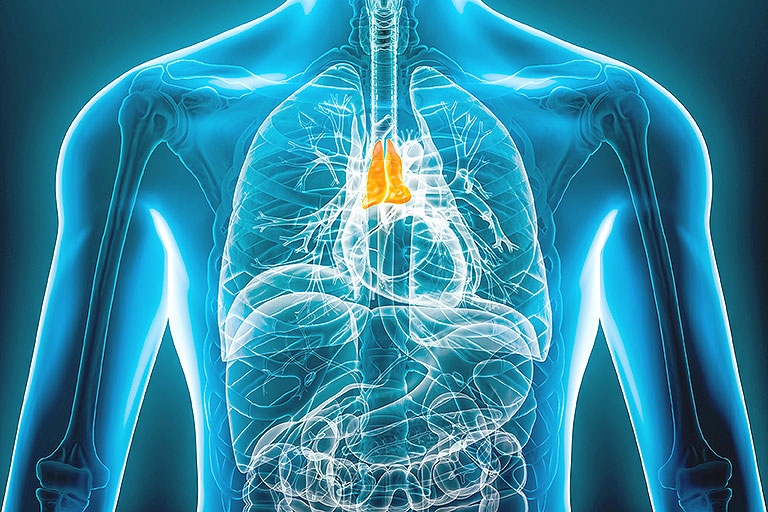
Mediastinal mass removal is a surgical procedure performed to excise abnormal growths located in the mediastinum, the central compartment of the chest between the lungs that houses vital structures such as the heart, trachea, esophagus, and major blood vessels. These masses may be benign (like thymomas, cysts, or neurogenic tumors) or malignant (such as lymphomas or germ cell tumors). Symptoms may include chest pain, cough, shortness of breath, or may be incidentally discovered on imaging. Surgical removal is often necessary for diagnosis, symptom relief, and to prevent complications like compression of nearby organs.
Depending on the size, location, and nature of the mass, the surgery can be performed using a traditional open thoracotomy or sternotomy, or through minimally invasive techniques like video-assisted thoracoscopic surgery (VATS) or robot-assisted surgery. Minimally invasive approaches are associated with reduced postoperative pain, shorter hospital stays, and faster recovery. Complete excision is typically the goal, and the procedure may be followed by additional treatment such as chemotherapy or radiation, depending on the final diagnosis. Early intervention and multidisciplinary care are key to achieving optimal outcomes.